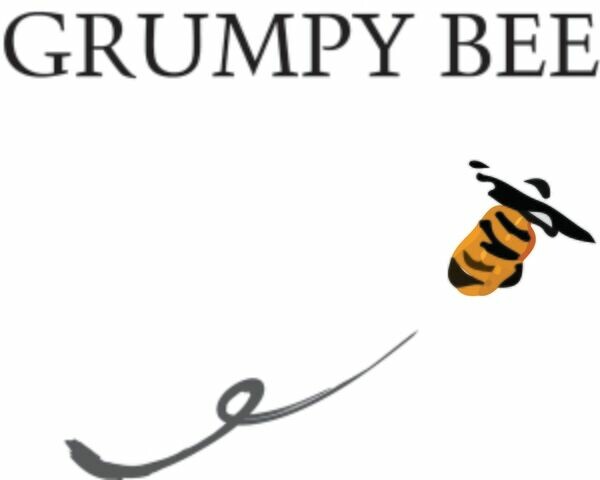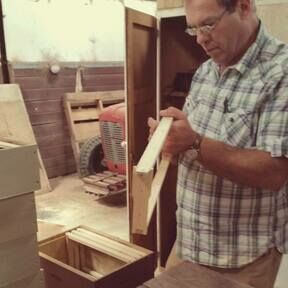Find us at Farm Gate Market on Bathurst Street, Hobart every Sunday and Facebook and Instagram or contact us directly.
Every Sunday
Farm Gate Market, Bathurst Street, Hobart

We are apiarists specializing in the production of Pure, Raw, Unheated, Cold-extracted, Unfiltered Tasmanian Honey and Manuka Honey. Our Honey and Manuka Honey is produced in the pristine Forests and Wilderness World Heritage Areas of Tasmania.

Ross Gordon
store owner
We are a small family owned beekeeping business specializing in the production of cold extracted, raw, unheated Tasmanian honeys, particularly Manuka and Leatherwood. We are based in the Huon Valley with apiary sites spread through the Huon, Picton, Florentine and Styx regions. Since the bushfires of 2019 we have also begun production on Tasmania’s West Coast. Most of our honey production occurs in Tasmanian State Forests, including Wilderness World Heritage areas.
From very humble beginnings we have built the business from the ground up by manufacturing all of our own equipment and rehoming mainly ‘rescue bees’ collected from walls, chimneys, tree stumps, water meter boxes, compost bins and the like, saving them from extermination.
We pride ourselves on our ethos and have won numerous awards for our products.
We try to celebrate the differences in our floral sources by separating rather than blending our products. This results in small, ever changing batches.
We also provide extensive pollination services to many of the fruit orchards in the Huon region.
Find us at Farm Gate Market on Bathurst Street, Hobart every Sunday and Facebook and Instagram or contact us directly.